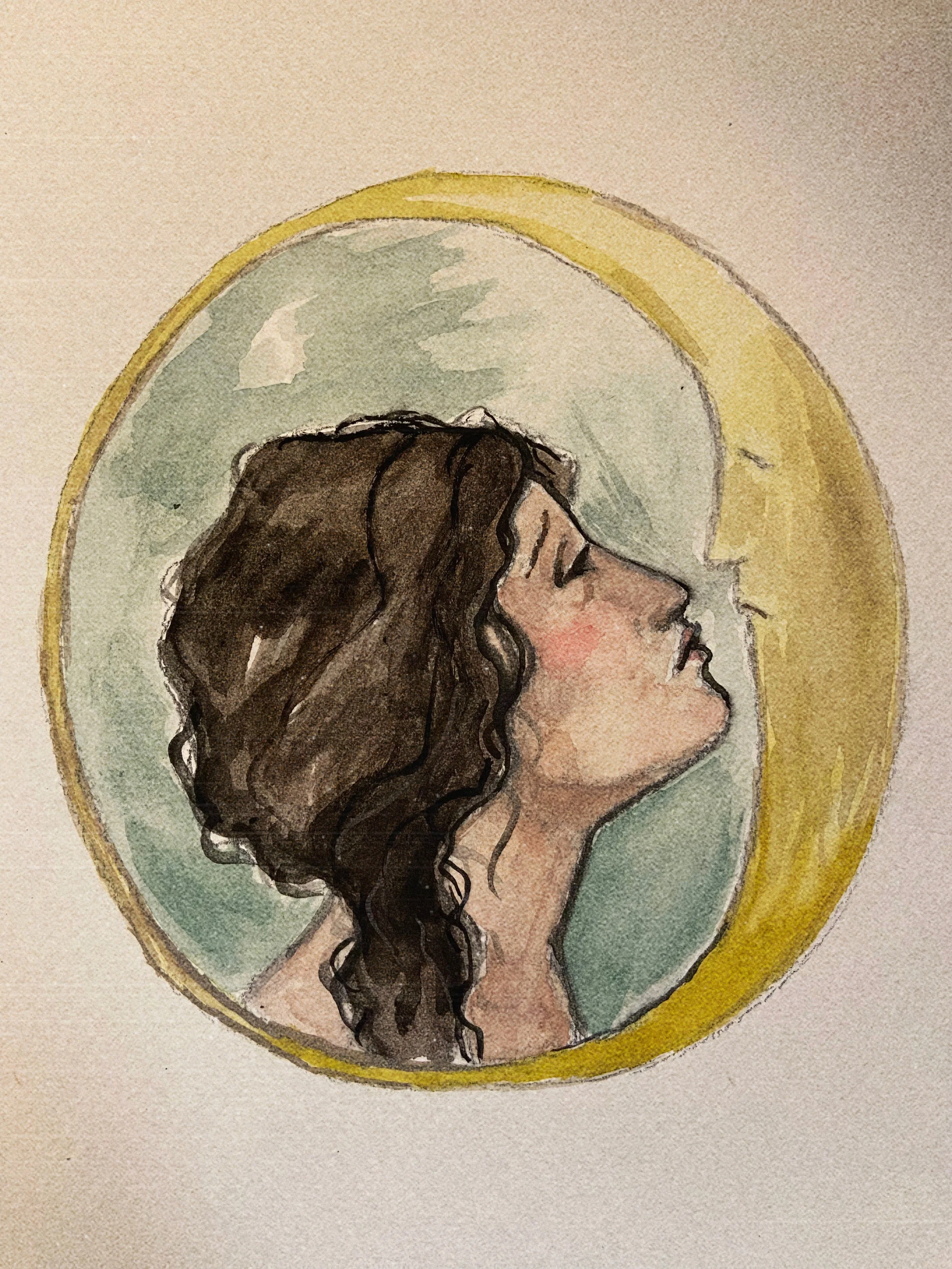art as teacher.
As I grow older, I recognize more and more that truth, as a way of being, is reflected across different levels of reality.
There may be an idea that feels heavily spiritual or philosophical, untouchable by the flesh, that somehow becomes manifest through the simplest of daily activities. This truth (and as I refer to truth throughout this article, I am not just referring to a dogmatic principle but rather the connection of the spiritual idea with the physical reality) becomes real to the individual in that moment. Without the connection with the lived experience, these “truths” become lifeless.
The beauty and the difficulty of this idea is that, in order for this connection, this synthesis, to happen, the individual (you, me, we) has to be receptive to the enlightenment (more on this idea in “The Eternal Role of Art”). Once we allow ourselves the openness to connect the spiritual and physical realities (with a healthy dose of discernment), the world becomes a new place, filled with beauty, mystery, and hope. Each moment in our lives now has the possibilities of a thousand worlds, and we start to look around with the eyes of our hearts opened.
I had a moment recently, one which has in truth often repeated itself throughout my life, where the process of creating a piece of art connected so deeply with an idea of what it looks like to live well in the midst of chaos and the unknown. This moment of synthesis came just when I needed it (isn’t that often how it happens?).
When creating a piece of art, the artist usually starts with an idea. Maybe “I must capture the sunset on the water” or “I want to honor my heritage” or “I want to paint a beautiful woman” or “I need to depict the inner state of my mind”. These different starting places may take on various forms once the connection from spiritual (non-tangible) to physical (canvas, clay, cast iron) begins. But it starts with the idea.
The artist then enters into a realm which is hard to put into words. It is a state where the creator and the idea and the physical cooperate so completely that it is hard to distinguish the one from the other. I, as the artist, am the one initiating the movement of brush or pencil, but I am guided by the idea, something that is different from myself and yet part of myself. And the medium (canvas, clay, cast iron) submits itself to my hand, and yet I am also guided by its tangibility, the brush stroke or swipe of graphite influencing the next move that I make.
As this process continues, the artist (you, me, we) has to be fully present in the moment. The future is kept in mind (I want to create this or that), and the past influences next movements, but if either the future or the past starts to overshadow this moment, this brush stroke, this color choice, then suddenly the past loses its potency and the future its potential. This moment, right now, is the place where all levels of being, all possibilities, come together and exist. The artist lives this in a very tangible way.
Considering the future can be overwhelming. There is nearly endless potential, and with that nearly endless chaos. The past has the potent ability to educate and inspire, but if it is taken on its own becomes a place of stagnation and remorse. But when this present moment, the now, is fully experienced (like the artist) with an appreciation of the past and a vision (fluid though it may be) for the future, only then is a life lived well.
Art is a powerful teacher.




